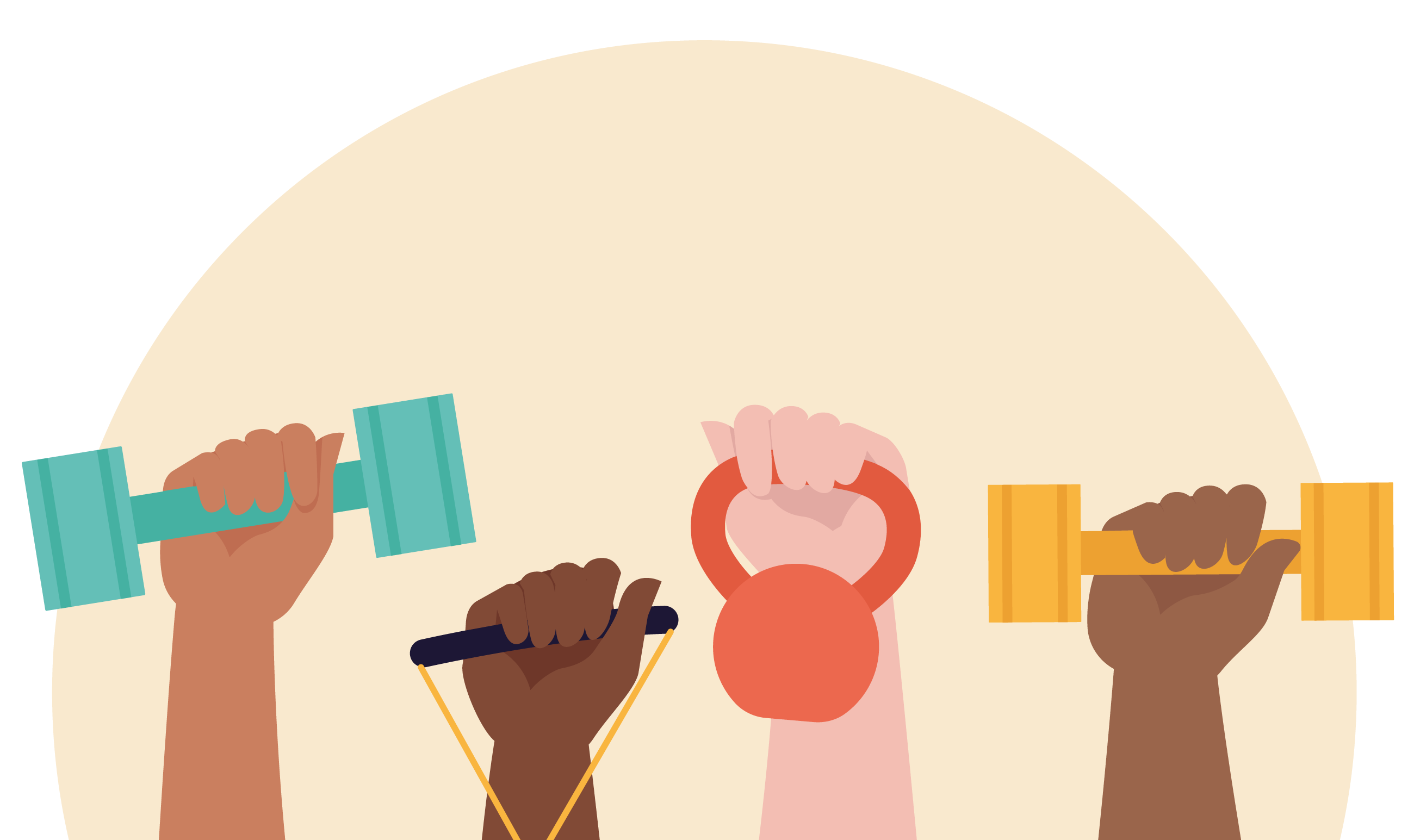A process of monthly physiological occurrence for the 1.8 billion girls, women, transgender men and non-binary persons of reproductive age, menstruation is one of the most undermined bodily processes. For years, society has collectively regarded it as a passive event that is often ignored and kept hidden from a regular discourse. In this blog Nalini Kaushik, Karan Babbar report on how COVID-19 has created menstrual injustice particularly through the invisiblisation of trans and non-binary people who menstruate.
While taking into account the daily figures of approximately 800 million women and girls who menstruate, the World Bank recognizes the stigma and taboos faced by menstruators globally.
The COVID-19 pandemic has further exposed the delicate social structures that were presumably the custodians affirming a conducive environment for menstruators. A surge in global reporting on the scarcity of (affordable) menstrual hygiene products and lack of safe spaces for menstruators in the past year is a case in point. Amidst this, the overlapping systems of domination such as cultural beliefs, norms and gender have further perpetuated injustice faced by menstruators. This had a direct bearing on thier basic rights to equality, health, housing, water, sanitation, education, freedom of religion or belief, safe and healthy working conditions.
Amidst these complexities, what has also been ignored is the menstrual suppression of trans and non‐binary people who menstruate. As a phenomenon essentialized for women (or people with feminine identities), the existing menstrual health approach has essentially excluded transgender men and non-binary persons, limiting their access to a safe environment to freely express their experience and needs around menstruation.
Menstruation as a variable process
Menstruation is a highly variable process, that is, there are many women who, for whichever reasons, do not menstruate, while some transgender men and other people with (socially created) masculine gender identities do. However, thus far, the academic and scientific literature has predominantly yielded research on the feminine principles of menstruation that influences a woman’s perception of the world and herself. This further perpetuates a culture of shame and silence around menstruation at homes, workplaces, and society.
According to a report by NGO Dasra entitled Spot On, 71% of girls reported having no knowledge of menstruation before their first period, primarily due to a lack of parental knowledge and stigma associated with menstruation. While menstruating women are particularly categorized as biologically disadvantaged, there is little or no attention to menstruators’ mental, emotional and physical needs. For instance, polycystic ovarian syndrome is being widely accepted in society today. However, there still exist gaps in understanding its psychological impact on women. This further fuels the subjugation faced by women.
On the other hand, the feminization of menstruation has also led to the absolute exclusion of transgender men, people with masculine identities, and non-binary individuals from menstruation-related discourse in academia as well as in general. With the absence of widespread knowledge, gynaecological care, and conducive social spaces, many live in fear and choose to keep their menstruation hidden. This further propagates a negative attitude towards menstruation.
While there is a huge data gap on this issue, the 2011 Census reported 4,87,803 people self-identifying as ‘Other’ (than male or female) in India. However, it was also highlighted that many of them prefer confining themselves within the binary of female or male due to the prevailing social stigmas and taboos. When this is the harsh on-ground reality, it is even more difficult to expect trans and non‐binary people to express their experience of menstruation safely at home or on public platforms.
A shifting narrative for increasing access
For India, a country that weighs heavily on cultural predispositions around menstruation, it was gradual learning to address menstruation-related needs. For instance, when India entered a nationwide lockdown on 24 March 2020 to prevent the spread of COVID-19, sanitary napkins did not make it to the list of essentials to be exempted from the restrictions. While later repealed and brought under the essentials category, the delay reportedly led to an acute shortage of menstrual hygiene products.
Misinformation and lack of awareness further hinders access to sanitary products. A report by PSI assessing products issue in India found that despite the continued large gaps in access, India has the fastest-growing commercial market in the world. From 2011-2016 the market reported a 14.8% compound annual growth rate, and the number of commercial products sold has doubled every five years since 2002. However, a culture of shame and discrimination is still a key barrier to access. For instance, nearly 50% of adolescent girls and 35% of young women living in rural Uttar Pradesh reported that they would not buy menstrual hygiene products from men.
The government has launched several programs and schemes to address this, but it has achieved only partial success. One possible reason could be that such programs essentially target women and girls to promote menstruation education while excluding all other genders. Any behavioural shift around menstruation and related practices has to be deeply rooted in the core principles of inclusivity, thereby recognizing menstruation as a gender-neutral concept.
The government had released the National Education Policy 2020 to meet the local and global demands of education by imparting 21st century skills and promoting “full equity and inclusion.” The policy talks about providing “equitable quality education” to the socially disadvantaged groups (as defined by the policy), i.e., girls and transgender students. The policy has introduced a “gender inclusion fund” to improve access and participation of girls and transgender students. However, the policy remains silent on using this fund to manage the unique needs of girls, transgender, non-binary and other communities who menstruate.
The policy can do more by talking about the provisioning of (a) adequate supply of the sanitary items in the schools, (b) a private place to rest during the cramps, (c) provisioning of menstrual education- providing information about menstruation and how to manage the menstrual needs in the school.
Reshaping an all-inclusive menstrual health discourse
In the absence of appropriate knowledge, the solutions addressing menstruation continue to be selective. For instance, approximately 200 million women in India are unaware of safe menstrual hygiene practices making them inept to recognize healthy and regular menstrual flow. Additionally, menstruation as a phenomenon among trans men and some non-binary people has been missing from the public discourse. As a result, there is no scientific data to assess the implication of the issue. Therefore, the need of the hour is to re-look at the menstrual discourse under the core principles of inclusivity and gender neutrality. The change around menstruation may be slow but have to be embedded in the way school education programs approach menstruation, healthcare professionals’ attitude towards menstruators, maintaining gender neutrality in marketing hygiene products, and finally, shaping such policies that are inclusive of all who bleed.
Notes:
Dr. Nalini Kaushik is the founder of BleedEqual – a platform working towards shifting the people-policy discourse around menstruation. As a medically trained public policy professional, she has worked extensively on health policy advocacy, implementation and government affairs on issues around access to medicines and health technologies.
Karan Babbar is a PhD Scholar at Ravi J Matthai Center for Educational Innovation (RJMCEI), Indian Institute of Management, Ahmedabad. His interest lies in the area of education and development including, school climate, menstruation, women’s empowerment and LGBTQIA+ issues.






